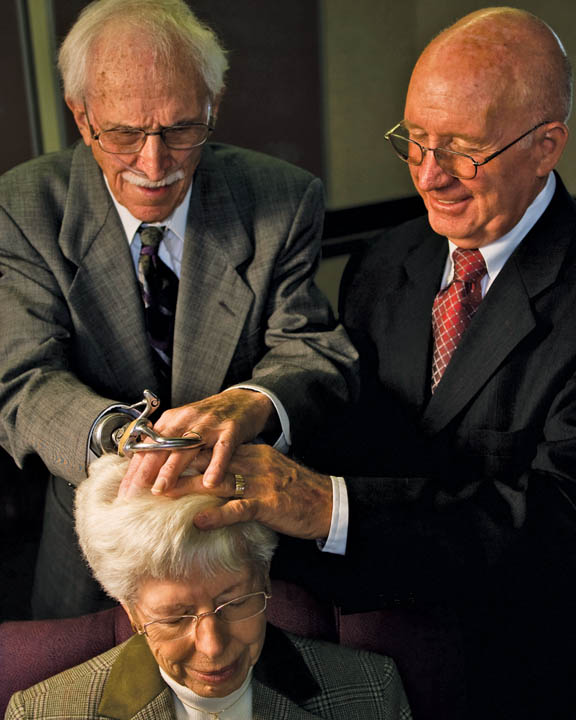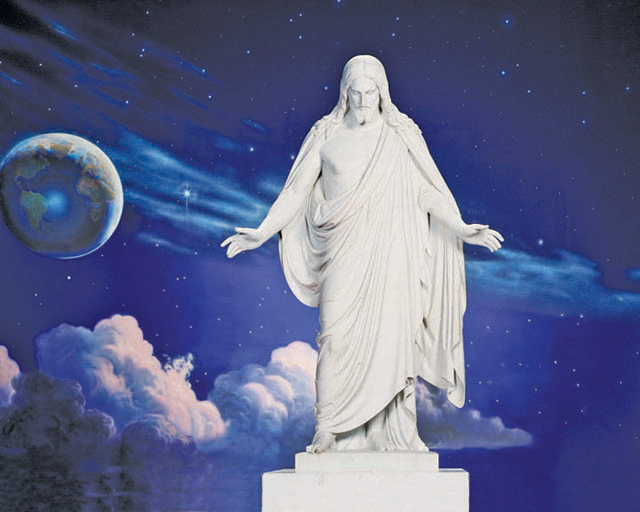Brigham Young University, owned by the Church of Jesus Christ of Latter-day Saints, is located in Provo, Utah. Established in 1875, it is the largest religious school in the United States. Additional campuses are located in Hawaii
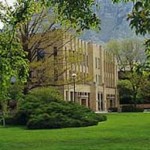
Brigham Young University
and Idaho. The 2010 edition of U.S. New & World Report’s “America’s Best Colleges” ranks the school 71st and the undergraduate management school 31st. Along with this high standing, it ranks 29th in the Great Schools Great Price category and 11th in the Least Debt department. It is considered an outstanding school for a very low price, in part because church members subsidize the school through tithing and other donations.
The college is noted for combining a high level of secular learning with a high level of spiritual learning. Secular learning is important for developing a well-rounded person capable of succeeding in competitive professional fields. The school’s mission statement says, “Because the gospel encourages the pursuit of all truth, students at BYU should receive a broad university education. The arts, letters, and sciences provide the core of such an education, which will help students think clearly, communicate effectively, understand important ideas in their own cultural tradition as well as that of others, and establish clear standards of intellectual integrity.”
At the same time, secular learning must include a commitment to the teachings of Jesus Christ, in order to ensure the student’s spiritual well-being and to help him become an ethical part of society. The mission statement explains: “All students at BYU should be taught the truths of the gospel of Jesus Christ. Any education is inadequate which does not emphasize that His is the only name given under heaven whereby mankind can be saved. Certainly all relationships within the BYU community should reflect devout love of God and a loving, genuine concern for the welfare of our neighbor.” Princeton Review consistently names BYU the most “stone-cold sober” school in the country, as well as the school with the most students who pray regularly, a demonstration of the high level of moral and spiritual commitment by students.
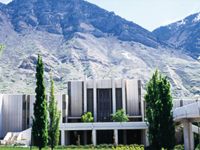 BYU, as it is commonly known, is particularly recognized for its programs in accounting, international business, management, law, nursing and engineering programs.
BYU, as it is commonly known, is particularly recognized for its programs in accounting, international business, management, law, nursing and engineering programs.
Students are held to both a high academic standard and a high moral standard. They must receive an ecclesiastical recommendation to be admitted, and are required to sign and uphold an honor code. Students must demonstrate academic integrity, abstain from drugs, alcohol and tobacco, practice the law of chastity, a meet the dress code requirements.
Professional Training
BYU is noted for the high number of students who go on to graduate school. Even undergraduate students do a great deal of research, which may contribute to this statistic. Students at Brigham Young University have been involved in a number of notable programs which provide strong preparation for a professional career, and which often make a difference in the humanitarian world.
One program which has achieved recognition is the Capstone program. In 1990, professor Robert H. Todd, began teaching the two-semester course which is required for engineering students their senior year, in order to allow students to move from book learning to real life projects. He felt students needed practical experience on projects that would really be used in order to be prepared for their careers. He and other professors began contacting major corporations, asking them to provide a project from their back burner and sponsor it for students to develop. Students have developed projects for Boeing, NASA, John Deere and 200 other sponsors, and have completed over 500 projects. These projects include “The Wave,” an ergonomic keyboard, an improved space glove, and an attachment to improve the 777 airplanes. Students are able to leave school with a top corporation’s name on their resume and sponsors are able to develop a project for far less than the cost of hiring an engineering firm. Sponsors keep all intellectual property, an unusual feature of the program, and praise the students for their professional level work. Many colleges have imitated the program.
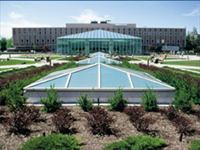 One particularly exciting program developed by the Capstone program is one they developed for Empower Playgrounds, Inc. Many places in Ghana do not have electricity and the schools are small and dark. Capstone students were required to develop a way for school children to power their own schools in a fun way. They created a merry-go-round that develops windmill power as the children play; they spin and ride on the equipment. The energy generated powers small lamps that are used to light the schoolroom. After school, the children take the lamps home so they can do homework in their otherwise unpowered homes.
One particularly exciting program developed by the Capstone program is one they developed for Empower Playgrounds, Inc. Many places in Ghana do not have electricity and the schools are small and dark. Capstone students were required to develop a way for school children to power their own schools in a fun way. They created a merry-go-round that develops windmill power as the children play; they spin and ride on the equipment. The energy generated powers small lamps that are used to light the schoolroom. After school, the children take the lamps home so they can do homework in their otherwise unpowered homes.
The children in these villages have few toys and had never seen a merry-go-round. Students had to teach them how to use it, but the children were enthralled with their new toy and the project increased the children’s pleasure, as well as their ability to learn.
There is far more to the impact of this story. The students didn’t take the completed project to Ghana. They developed the plan at BYU, using materials available in Ghana, and then brought the plans with them to the village. There, they taught the local people to build the system using local materials, such as used car parts. The merry-go-round generators were built by local engineers, using less sophisticated tools than the students normally used—hammers and chisels. Because of this, the engineers are now able to build additional merry-go-rounds to place in other schools and have the knowledge to maintain the systems.
Another humanitarian Capstone project was co-sponsored by BYU and a non-profit organization, Pope Foundation. The students were asked to develop a way for women in Boza, a village in Tanzania, to extract coconut oil at home. The women were very poor, so the students were told they had to limit the cost of the machine to 500 dollars. Eventually, students were able to create an oven that could be purchased using microcredit by five women who work as a team. The oven costs 150 dollars and produces ten to twelve liters of oil per day. Pope Foundation purchases the oil from them because the women cannot sell enough locally. The women receive three dollars per liter, which dramatically increases the income of most families in a place where a typical income is fifty cents per day. As in the merry-go-round project, villagers were trained to build the ovens, providing work for the builders as well.
BYU’s Art Department
 Brigham Young University has what is considered one of the best animation programs in the country. Ed Catmull, president of Pixar and Disney Animation Studios said, in 2008:
Brigham Young University has what is considered one of the best animation programs in the country. Ed Catmull, president of Pixar and Disney Animation Studios said, in 2008:
“It’s amazing to suddenly see that BYU is producing the best in the industry. It’s the perception not just at Pixar but also at the other studios that something pretty remarkable is happening here.” (See Pixar president praises BYU animation program at premiere of latest short film)
In the first five years of the program, student films have won five of eighteen students Emmies since 2004 from the College Television Awards given by the Academy of Television Arts and Sciences Foundation. Half of graduates go to work for studios such as Pixar, Dreamworks, and Sony. The other half go into 3-D video game animation. Each student participates in a class project lasting several years, following a pipeline modeled after the one used by Pixar Studios, except that every student works in every part of the pipeline, making them better trained and more versatile. Teachers oversee the work, but let the students run the project as independently as possible. They hope these students will move into the professional world and improve the field’s moral quality.
These types of projects demonstrate BYU’s commitment to training students to blend their spiritual lives with their secular lives in a way that allows them to live moral and satisfying lives, while being able to care for their families.


